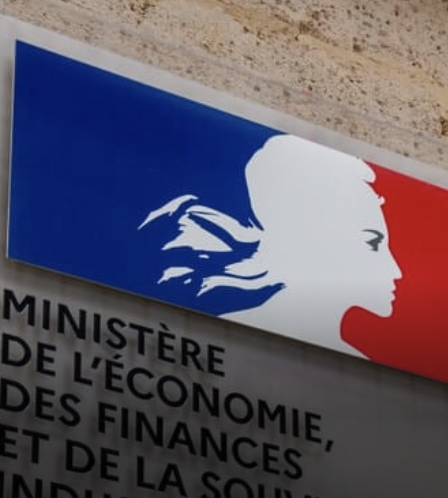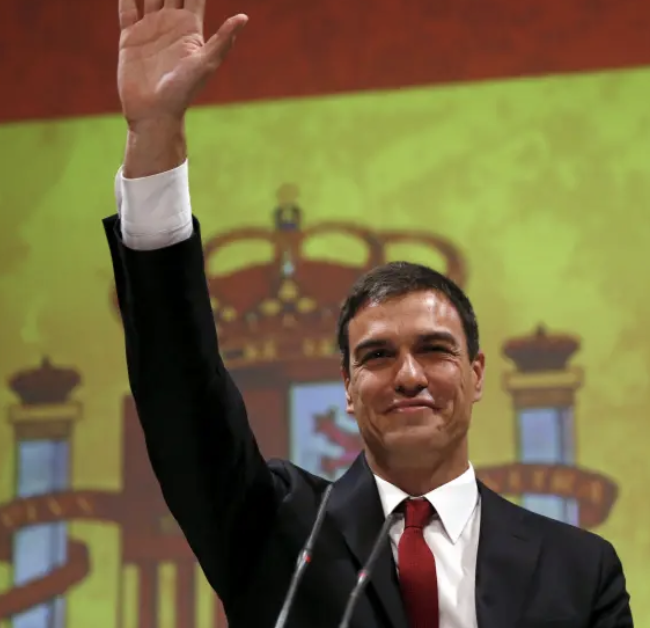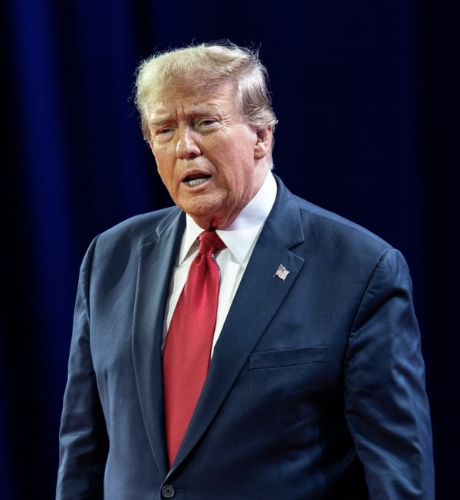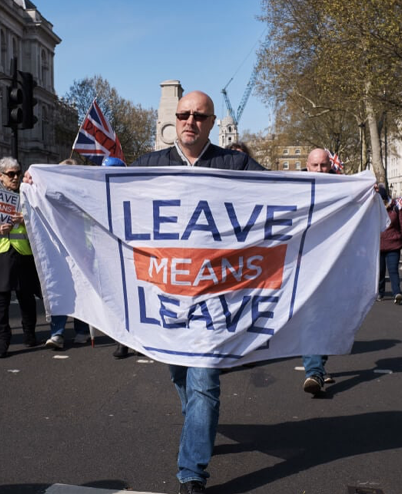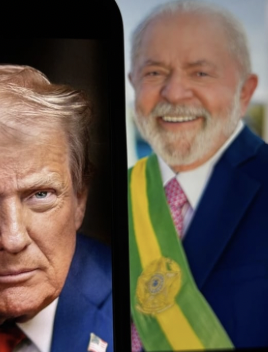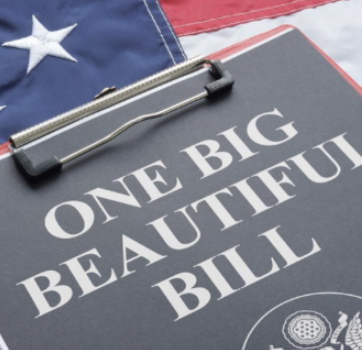
All bad ideas come with alleged good intentions. Universal Basic Income (UBI) is one of them.
Proponents present themselves as compassionate and caring, when the idea generates guaranteed stagnation and the destruction of the same collectives they claim to support.
Universal basic income must be condemned as immoral and dangerous, hurting those it pretends to defend. It is the oldest trick in the book to create a zombie-dependent underclass.
It is presented as a generous handout to the poor, but it is nothing more than a sophisticated mechanism to perpetuate poverty and dependency while maintaining the privileges of the elite that eliminates any competition by paying handouts in a constantly depreciated currency.
The proponents of UBI argue that it is a solution to the inequalities generated by globalisation and technological progress. However, nothing could be further from the truth.
UBI is a perverse incentive that discourages work, destroys the entrepreneurial spirit, and condemns millions to a life of subsistence.
The fiscal reality behind UBI
Any serious analysis of the implications of UBI shows it is fiscally explosive, inefficient at reducing poverty, and dangerous for the productive base of the economy.
The central criticism is simple: UBI promises “Nordic” outcomes under the budget constraints of debt‑laden economies, so the likely result is not more social justice but weaker growth, higher inflation, more confiscatory taxes, and increasing dependence on the state.
Even relatively modest universal grants, once paid to all adults, quickly reach hundreds of billions per year, equivalent to several points of GDP
A genuinely universal UBI implies annual spending that in most advanced economies would require roughly multiplying tax revenues or dismantling much of the existing welfare state.
The evidence of taxation shows that implementing revenue measures never works because tax receipts never reach the level required to balance the books, capital flight follows, and tax revenues are cyclical, but handouts are structural.
Studies for different countries show that even relatively modest universal grants, once paid to all adults, quickly reach hundreds of billions per year, equivalent to several points of GDP.
The real cost of UBI
The bill must be paid with higher taxes, more debt, more inflation or all at the same time. In practice, that means significantly higher labour and consumption taxes.
A UBI financed by wealth taxes, higher income taxes and social contributions widens the tax wedge on employment, penalises investment and generates capital flights while hindering formal hiring.
When a guaranteed cheque is combined with higher marginal tax rates, macroeconomic models typically show lower participation, slower capital accumulation and a decline in output.
This is the predictable response to changing the relative price of work versus leisure in economies where the room to raise taxes without harming employment and investment is already limited.
The “basic income” becomes an irrelevant nominal figure that becomes worthless as the purchasing power of the currency declines
A permanent flow of transfers financed by higher government currency issuance through deficits and tax hikes passed on into prices creates persistent inflation, eroding the real purchasing power of the UBI itself.
As governments are forced to resort to artificial money creation to sustain a large new entitlement, the “basic income” becomes an irrelevant nominal figure that becomes worthless as the purchasing power of the currency declines.
UBI risks creating a dual society: one integrated by employment and private enterprise, and a growing part stabilised in permanent beneficiary status with limited prospects for upward mobility.
Why most UBI designs fail
Surveys of leading economists, even consensus social democrat-orientated experts, show that a clear majority oppose large‑scale UBI, mainly because of its cost and the bluntness of the instrument.
Across policy journals, the recurring conclusion is that almost all realistic UBI designs crash into the “inadequate or unaffordable” wall.
Finland’s experience with basic income is a warning sign for ambitious UBI projects: after a high‑profile two‑year trial, the government ended the experiment because the results showed no discernible employment gains and generated no real benefits, proving to be too costly to be politically and fiscally sustainable.
The basic income did not raise employment – Finland’s experience with basic income
The headline result is clear: the basic income did not raise employment. Official evaluations by Kela and the Finnish government show that in the first year there was no statistically significant difference in days worked between basic‑income recipients and the control group, despite better financial incentives and the removal of job‑search conditions.
In the second year, employment among recipients improved slightly—only a few extra days of work per year on average—and even those modest gains are hard to interpret because a separate “activation model” reform tightened unemployment‑benefit rules for everyone at the same time.
Two central concerns
From the perspective of economists sceptical about UBI, the Finnish experiment confirms two central concerns.
First, if a generous, unconditional payment to selected unemployed people in a rich, well‑governed country produces only marginal changes in work behaviour, it is unrealistic to expect that a full UBI—much more expensive and financed through higher taxes—will dramatically boost employment.
Second, because the Finnish trial was not financed, it sheds no light on the wider general‑equilibrium effects of paying a basic income to everyone through higher taxes, spending cuts or more debt.
Those financing choices are precisely where many of UBI’s biggest risks lie: weaker work incentives for middle earners, heavier tax wedges, lower growth and a politically entrenched transfer that is almost impossible to roll back.
Once an unconditional universal income exists, electoral logic pushes politicians to expand it, not to reform or cut it
UBI adds many political‑economy risks and the degradation of incentives. The rise of UBI is another manifestation of redistributive populism that ultimately rebrands middle‑class incomes and small savers as “rich” to be squeezed to fund a permanent expansion of cheques and nominal “rights” that ultimately erode the productive base.
Once an unconditional universal income exists, electoral logic pushes politicians to expand it, not to reform or cut it, even in low‑growth, high‑debt environments.
This creates a ratchet effect: more structural spending, more borrowing, and heavier tax pressure on a shrinking pool of productive taxpayers, accelerating offshoring, informality, and brain drain.
UBI and the reality of global poverty
UBI is not only an economic mistake but also a mechanism of political dependency: it turns a growing share of citizens into a subclass of dependent clients of the state whose vote focuses on preserving transfers instead of backing reforms that raise productivity, investment and high‑quality employment
Furthermore, in over‑indebted countries, adding a large permanent entitlement increases the temptation to use inflationary policies to finance it, eroding the real value of wages and savings.
The UBI disincentivises work. Why work if you can receive a monthly cheque from the state? Studies show that when people receive unconditional income, labour participation decreases. In the second place, UBI destroys purchasing power.
To finance this supposed panacea, governments would have to print money or increase taxes, which would generate inflation and devalue the currency and lead to capital flights.
The worst part is that UBI benefits the privileged classes of rich countries at the expense of the poor of the world.
While the elites of the West receive their monthly stipend, the workers of developing countries are left without markets and opportunities. It is a selfish and myopic policy that ignores the reality of global poverty.
The alternative to UBI
UBI is not a solution; it is a problem. It is the perfect tool for politicians who want to buy votes and for bureaucrats who want to justify their existence. It is the euthanasia of work and the suicide of freedom.
We need real solutions: education, opportunity, and freedom. Not handouts that chain people to dependency.
Against this model of permanent subsidy, the alternative is to lower tax wedges on work, create stronger legal and investor certainty, better education and active policies that make it easier to create jobs and businesses instead of replacing them with a fake guaranteed income.
The real choice is not between compassion and cruelty but between a system of subsidised stagnation and one of economic freedom and social mobility.



